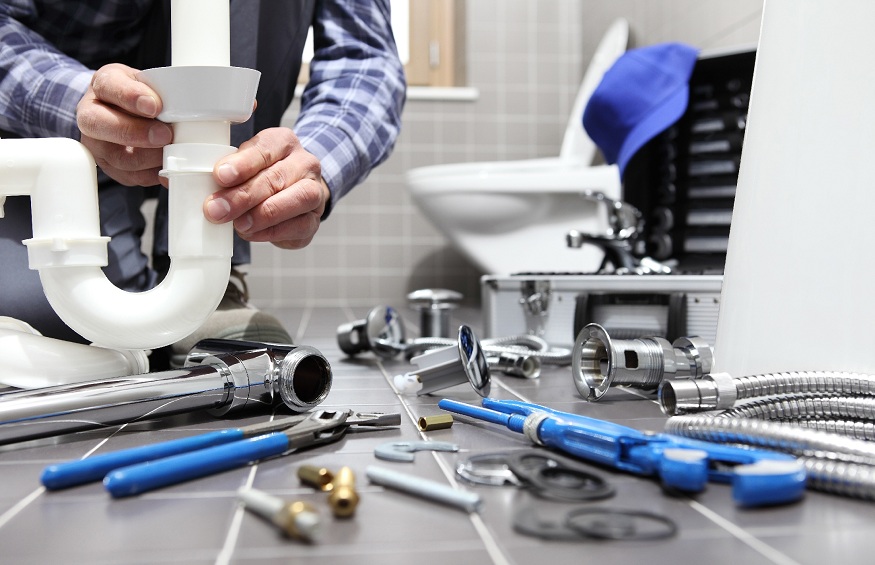Pipelining is a sustainable plumbing solution that saves money and time. It also helps to reduce the environmental impact of your home.
This method is often more cost-effective than digging out and replacing damaged pipes. This is especially true when your lines are beneath landscaping features like sidewalks and driveways.
Cost-Effective
If you’re looking for ways to make your plumbing system more environmentally friendly, pipe lining might be the solution. This technique combines traditional sewer repair with trenchless technology to form a new, jointless pipe within the existing one.
It’s ideal for many piping situations, including clay or cast iron pipes prone to breakage and corrosion. The resin used in the process can also strengthen the old piping, making it more likely to last for years.
A trenchless pipelining service, such as a cured-in-place pipe (CIPP), can save homeowners significant time and money over traditional excavation and replacement methods. It requires a smaller crew and less equipment, saving on labor costs.
Environmentally Friendly
Unlike traditional pipe repair methods involving excavation, pipe lining uses a special epoxy resin to rehabilitate existing pipes. The material is cured within the damaged liner and hardens, creating a new line lasting for years.
The process also requires no soil excavation, which reduces disruption to the surrounding area. This also helps lower waste production and minimizes the project’s carbon footprint.
Furthermore, CIPP lining is often more cost-effective than other types of pipe repairs. This is because the trenchless method does not require soil excavation and can be completed in a shorter time frame.
As a bonus, CIPP lining is environmentally friendly because it does not use chemicals or toxins. Chemical cleaners and tools can release unwanted toxins that contaminate the air and water.
Long-Lasting
Plumbing is an area where suitable material can make a big difference. Materials like PEX, copper, and iron pipes are excellent options for a green home or building because they are recyclable and don’t use toxic adhesives.
Stainless steel is another popular choice among builders because it’s durable and has a high strength-to-weight ratio, making it less wasteful than other piping materials. Stainless steel can also last for decades with minimal maintenance.
Pipelining, or cured-in-place pipe (CIPP) lining, is an affordable, long-term sewer repair solution for residential and commercial properties. It’s a non-destructive pipe repair method that relines a damaged sewer line without digging up lawns and gardens, saving time and money.
When performed correctly, epoxy pipe lining can last up to 50 years. This means your investment in this technology will often pay off.
Time-Saving
Pipes and plumbing systems are often overlooked regarding sustainability, but they contribute significantly to conserving water and energy. If you have an old and worn-down plumbing system, the pipes can become more susceptible to leaks and clogs, leading to costly and time-consuming repairs.
Traditional pipe repair methods involve much digging and heavy equipment usage. Luckily, modern technology and tools allow companies to get to the root of problems faster.
The most common of these solutions is Cured-in-Place Pipelining (CIPP). This method inserts a flexible liner into the damaged or degraded pipe. It then expands and hardens to form a new line within the old one. This process eliminates existing damage and creates a new tube in a single lining, leaving it better than new.

